Heath Paley approaches his art the way a private detective might approach a stakeout. He studies his subject from multiple perspectives, settling on one that offers a broad, unobstructed view.
His stakeouts may last several hours, sometimes days or weeks. He sits alone, camera at his eye, clicking off multiple shots with his 35mm camera.
A Portland-based fine-art photographer, Paley creates a single large-scale image – some as large as 8 feet wide and often mounted on aluminum – from a series of overlapping photos that he stitches together on a computer to create a composite digital image. The result is an unusually dense picture that is packed with depth, detail and saturated color.
When curator Heather Frederick saw a print of his in the Portland Museum of Art Biennial in 2011, she found it “weirdly interesting” but couldn’t readily identify why. Across the image – in every corner, in the middle, on the edges – the depth of field was precise with no blurring of lines or degradation of sharpness. “You just can’t take a picture like that,” Frederick said.
She saw his work again when curator Bruce Brown included Paley’s photos in a group show at the Portland Public Library a few years later. The images beguiled her. “At first they felt quite documentary to me, until you spend time with them and you begin to understand that everything isn’t quite right. There is something odd going on, and you’re not sure what it is,” she said.
The Maine Arts Commission is showing 19 photographs from Paley’s series on Maine downtowns through July 10 as part of the Art in the Capitol program in Augusta. “Downtown: Patterns of Life in Maine’s Villages, Towns and Cities” shows small towns and big cities from Caribou to Kennebunk, Rumford to Machias. A larger selection from the series will move to Lord Hall at the University of Maine at Orono in late July, then will hang at UMaine-Presque Isle in the winter.
Paley is also in a group show at 3fish Gallery in Portland through June.
“I love the magic of creating something from nothing, of transforming a sight or feeling into a print on a piece of paper,” Paley said, pausing between hanging prints at 3fish on a recent afternoon. “Secondly, photography is the way I communicate. As Edward Hopper once replied to a question from a reporter, ‘If I could say it in words, there would be no reason to paint.'”
Paley, 68, seems to defy the technical limits of traditional 35mm photography by producing larger prints than we are accustomed to seeing that are sharp across the range of the image. He achieves this feat in the technical processes he employs in his Portland studio after he’s finished with his field photography.
When shooting, Paley takes dozens and sometimes hundreds of frames of a scene. He shoots in a grid format off a tripod, moving his camera up and down and side to side only small fractions with each frame, so there’s always an overlap from one frame to the next. He spends hours shooting, often returning to the same spot at different times on different days and in different weeks to capture evolving changes in the scene.
After collecting his images, he loads them into his computer. That’s when the work begins.
The editing process is meticulous. He layers up to 50 shots in the final image, modifying the layers, accenting colors and details to support his overall vision. When looking at the images hanging on a wall, it’s impossible to tell that dozens of individual photographs compose the final image. Frederick attributes that to Paley’s fastidiousness in his editing. “He is mind-bogglingly good at this,” she said. “He has an engineering type of mind. He is analytical, and he likes structure. This approach suits his personality well.”
Brown, the retired curator from the Center for Maine Contemporary Art, said Paley’s work is distinguished by his commitment to his vision and his willingness to continue working long after he’s taken the photos. Paley often spends most of a week standing at his computer stitching images, Brown said. “His is a mixture of having a sharp intelligence coupled with a truly impressive mastery of digital techniques, which allow him to achieve his artistic visions without compromise,” he said.
RETIRED TO PORTLAND
Paley studied art at Northeastern University and Emerson College, where he earned his master’s degree. He and his wife lived in Arundel and operated a company in southern Maine that made glass wind chimes, which they sold around the country. They moved to Portland nearly four years ago after retiring from that business. Fine-art photography fuels his creative drive.
“I had mostly done nature stuff before,” Paley said. “But a lot of people do nature stuff. I decided if you really wanted to do something different, you just need to do it. A lot of people stitch photos, but applying that technique to the city streets is somewhat different.”
It’s different because it’s so challenging. Street scenes are fluid, with lots of movement. Paley freezes multiple moments and turns them into one.
A good example is an image Paley shot in Hallowell. The centerpiece of the photo is a yellow convertible Oldsmobile Delta 88, parked curbside in front of a shop. The car and its color caught Paley’s eye. As Paley watched and clicked away, the scene changed. A woman opened the door of the shop and began moving sale items from inside out onto the street. Down the block, Paley observed two middle-age guys, one wearing a distinctive purple shirt, walking along the sidewalk toward the convertible.
As he watched, he hoped they were the occupants of the car – and was delighted when they opened the doors and slid into the front seat. He kept clicking away. The final image, made with 10 individual shots, shows the car, the guys in it, the shop with an open door and the shopkeeper. It suggests a bustle of activity, which is precisely what he observed over the course of an hour or so.
On the other hand, his image of Caribou is mostly static. He focused his lens on a corner of a snow-covered city block an hour after sunset, and used six images to show the quiet downtown in darkness of an early winter evening. It evokes a feeling of isolation, emptiness and cold – something Hopper might have found appealing.
In Dexter, he positioned himself on Zion Hill Road, overlooking downtown, and photographed the many people walking to Reny’s department store as well as the cars that moved through the central corridor. He shot in mid-March, and for his final image chose frames that show older people dressed for winter and younger people in shorts and T-shirts anticipating spring. He also included an antique car moving up the hill toward him and a modern car moving down the hill away from him. This photo is all about contrasts between seasons, time and lifestyles, as well as the magnetic quality of a downtown department store.
Paley seeks out interesting angles and vantage points that offer anonymity, and then watches as life unfolds. He often takes photos from atop a parking garage or the upper floors of a nearby building. He likes shooting down on his subjects, because it offers a perspective that is unfamiliar to most observers. That adds to the depth and overall mystery of the photos. “It creates some dissonance,” he said.
The downtown series has drawn attention. Julie Horn, visual arts specialist for the Maine Arts Commission, tapped Paley for the Arts in the Capitol program because of the universal appeal of his downtown images. They show the vibrancy of Maine communities and speak to each community’s history. He freezes moments that provide clues to stories both told and unknown, Horn said.
“In this series, Heath demonstrates great depth and regional sensitivity,” she said. “He covers the whole state, and everybody can relate. Everybody has seen that corner or knows that business or has been at that traffic light. They all feel very familiar.”
Laurie Hicks, curator at the Lord Hall Gallery at UMaine-Orono, appreciates Paley’s photography because it reflects how humans view the world. “We don’t just look at one place or one spot,” she said. “We look around and construct multiples images in our mind of what a place looks like. We take it all in, and create images based on what we see. That’s how we see the world with our own eyes.”
Send questions/comments to the editors.


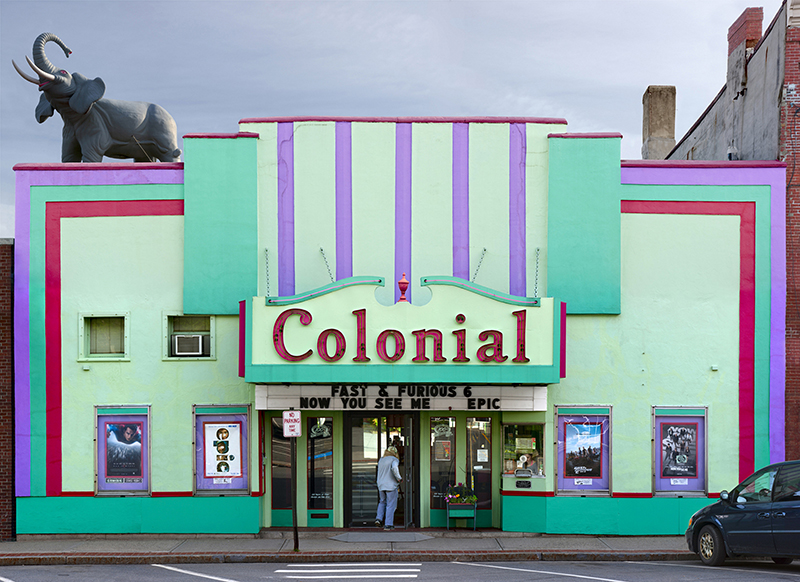
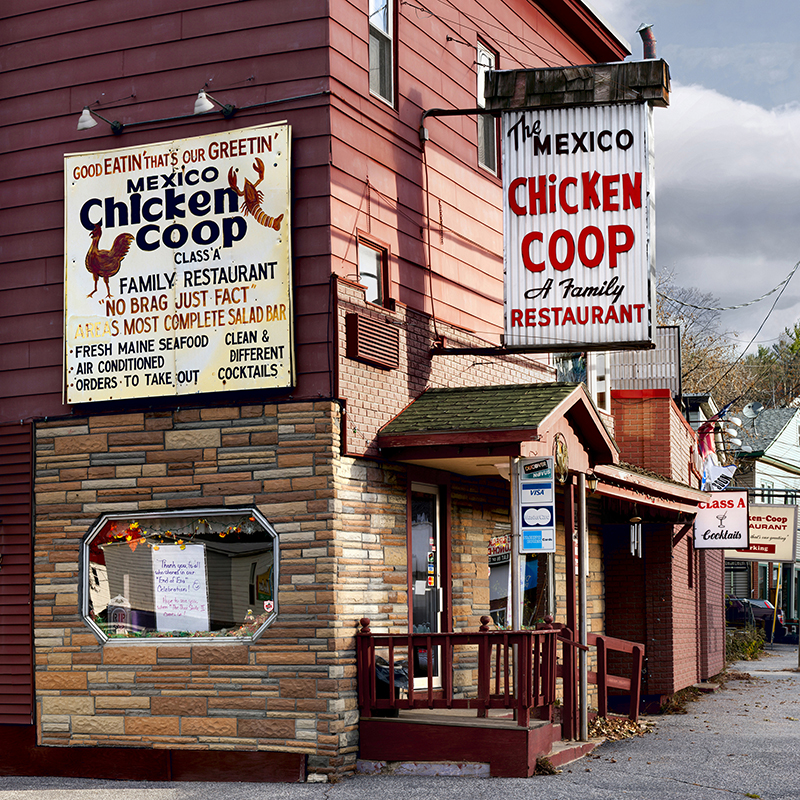

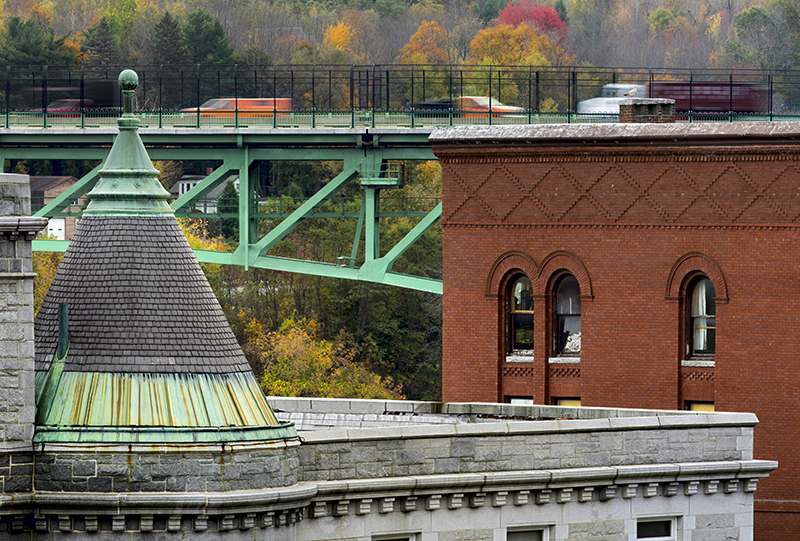
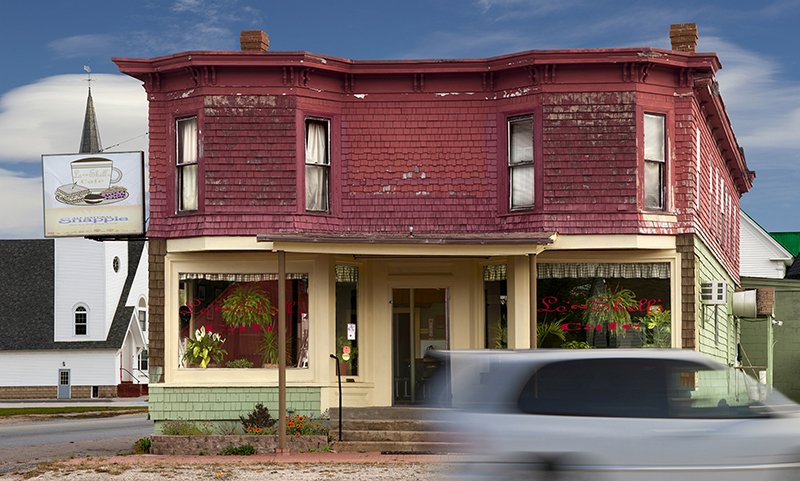
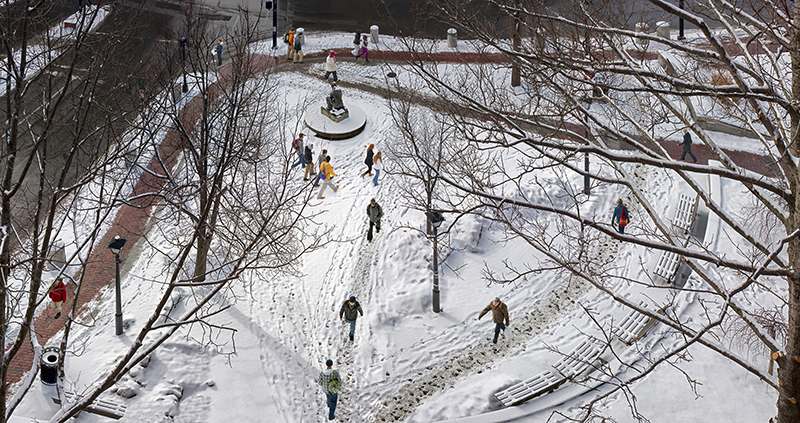

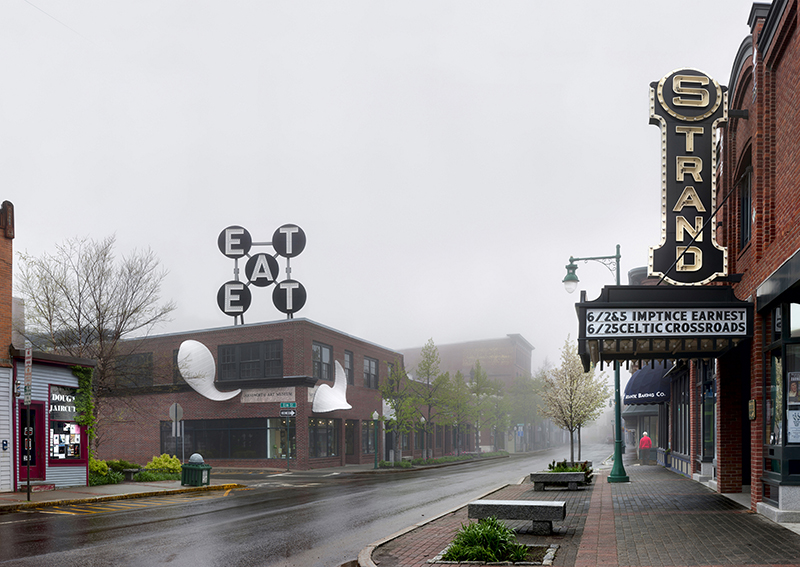

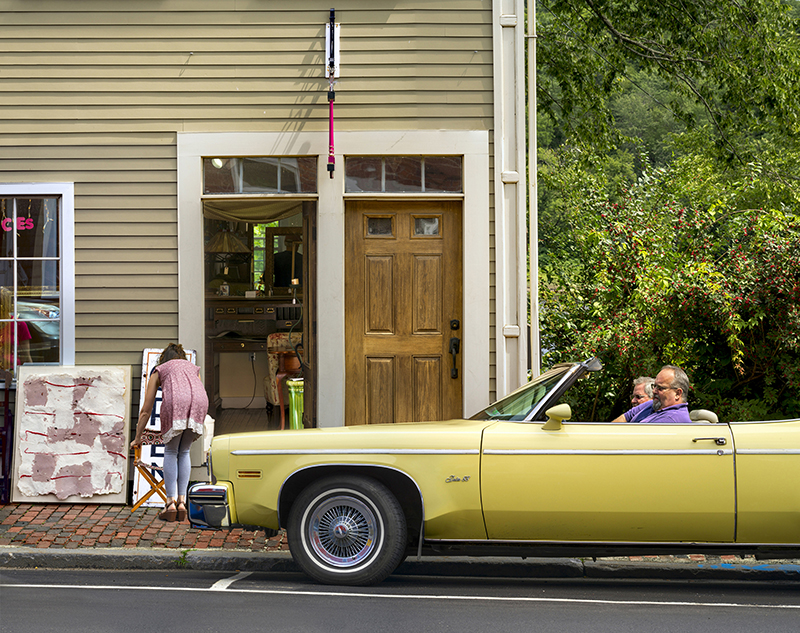

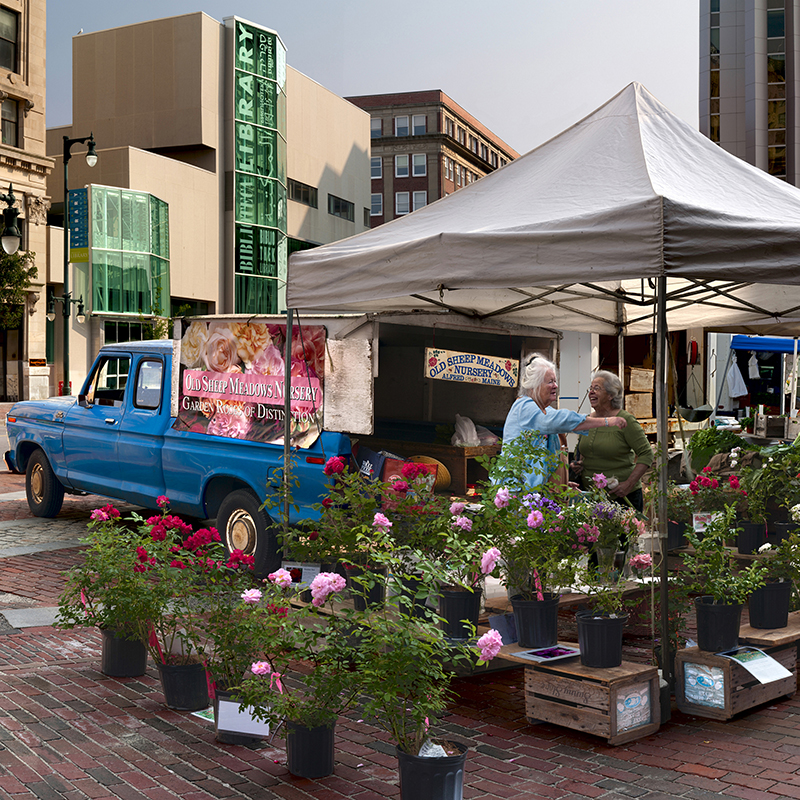

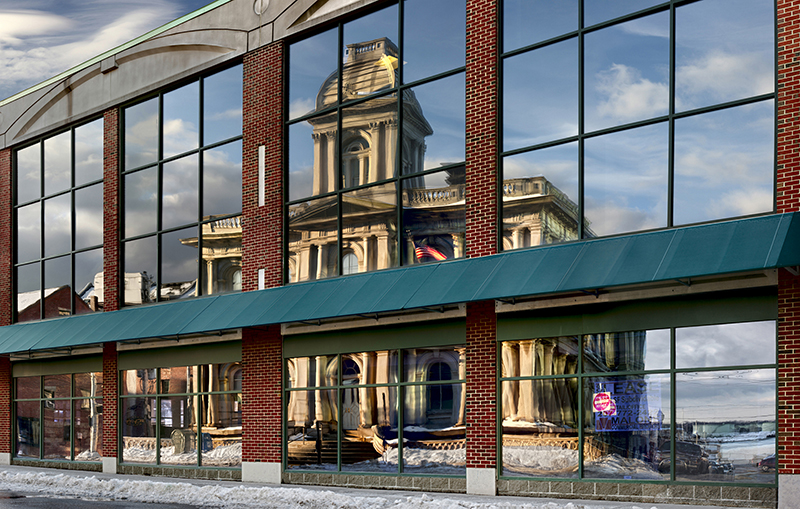
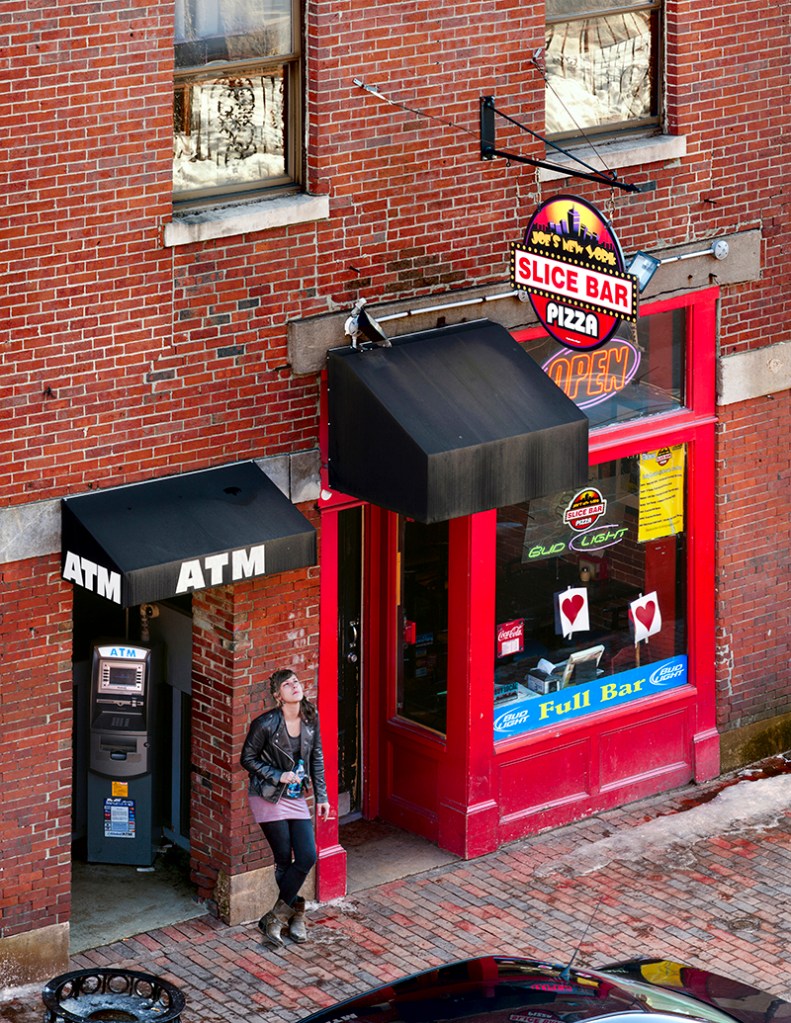

Comments are no longer available on this story